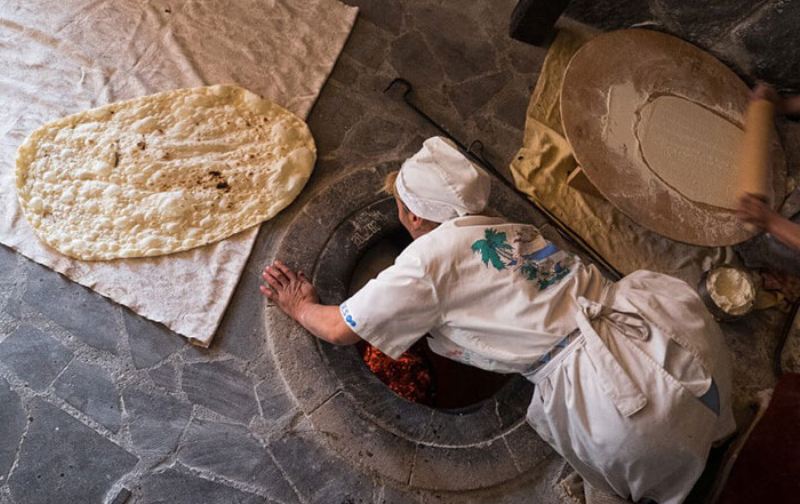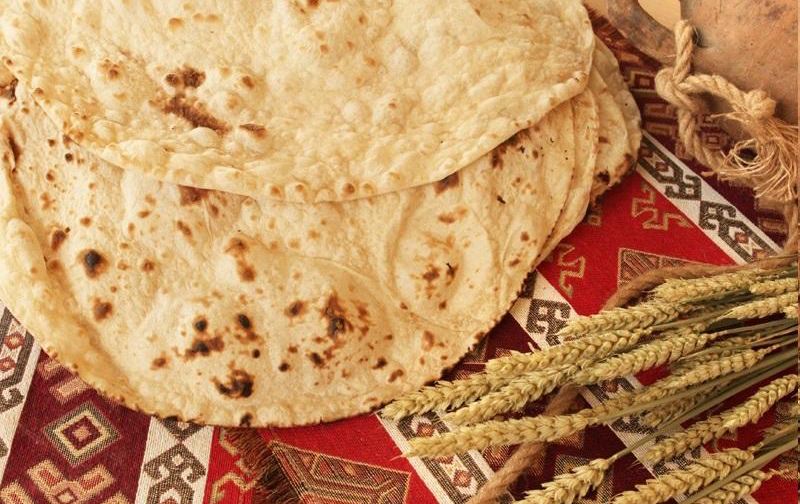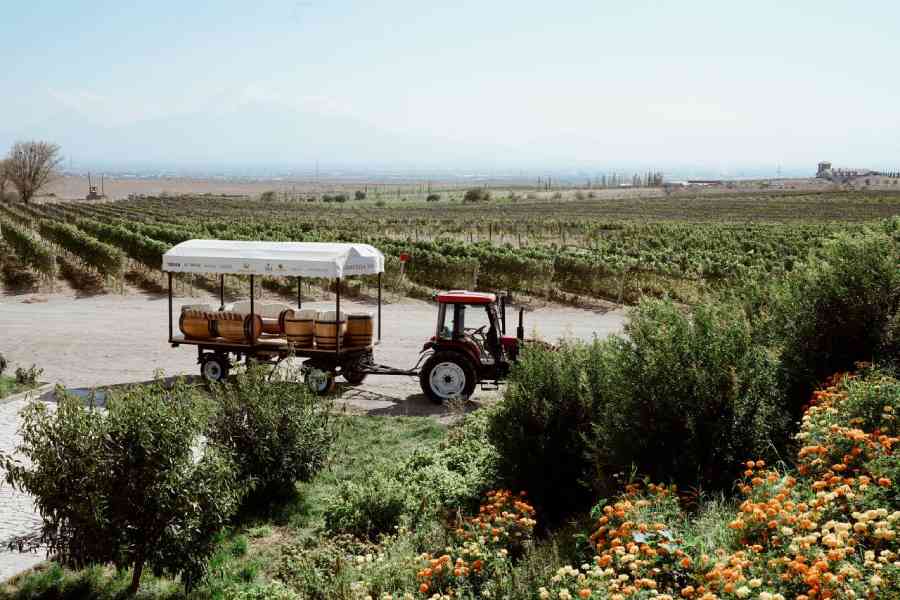Lavash is a traditional Armenian flatbread that has been an important part of Armenian culture and cuisine for thousands of years. In this article, we’ll explore the history and cultural significance of this iconic bread.
History of Lavash
Lavash has a long and rich history in Armenian culture, dating back thousands of years. The earliest known mention of lavash can be found in Armenian manuscripts from the 5th century, where it is described as a staple food of the Armenian people.
Traditionally, lavash was made by women who would gather together to bake the bread in a communal tonir oven. The process of making lavash was often a social and cultural event, with women sharing stories and songs while they worked.

Making Lavash
Lavash is made from simple ingredients, including flour, water, and salt, and is baked in a clay oven called a tonir. The dough is rolled out very thinly and then slapped onto the hot walls of the tonir, where it bakes quickly to a crisp texture. The resulting bread is light, slightly chewy, and full of flavor.
Symbol of Hospitality
In Armenian culture, lavash is a symbol of hospitality and is often served as part of a meal or as a snack with tea or coffee. It is also used in many traditional Armenian dishes, such as dolma, a dish made of grape leaves stuffed with rice and meat, and lahmajoun, a type of Armenian pizza made with ground meat and spices.
Lavash has played a significant role in Armenian social and cultural events, such as weddings, where it is often used to wrap and serve various foods. The bread is also used in religious ceremonies, where it symbolizes the body of Christ.
In 2014, lavash was added to UNESCO’s list of Intangible Cultural Heritage of Humanity, recognizing its importance and cultural significance to the Armenian people. This recognition has helped to raise awareness of the bread and its cultural value around the world.

Global Popularity
Today, lavash is enjoyed not only in Armenia but also in many other parts of the world. It is widely available in Armenian and Middle Eastern markets, and it has become a popular alternative to traditional bread in many cuisines. Lavash wraps, sandwiches, and pizzas are now commonly found in many food establishments globally, and the bread has become a favorite among health-conscious eaters for its low calorie and carb count.
In conclusion, lavash is more than just a bread; it is a symbol of Armenian culture, tradition, and hospitality. Its long history and cultural significance have made it an essential part of Armenian cuisine and a beloved food worldwide. Whether enjoyed as part of a meal or as a snack, lavash is sure to captivate your senses with its unique taste and texture.



